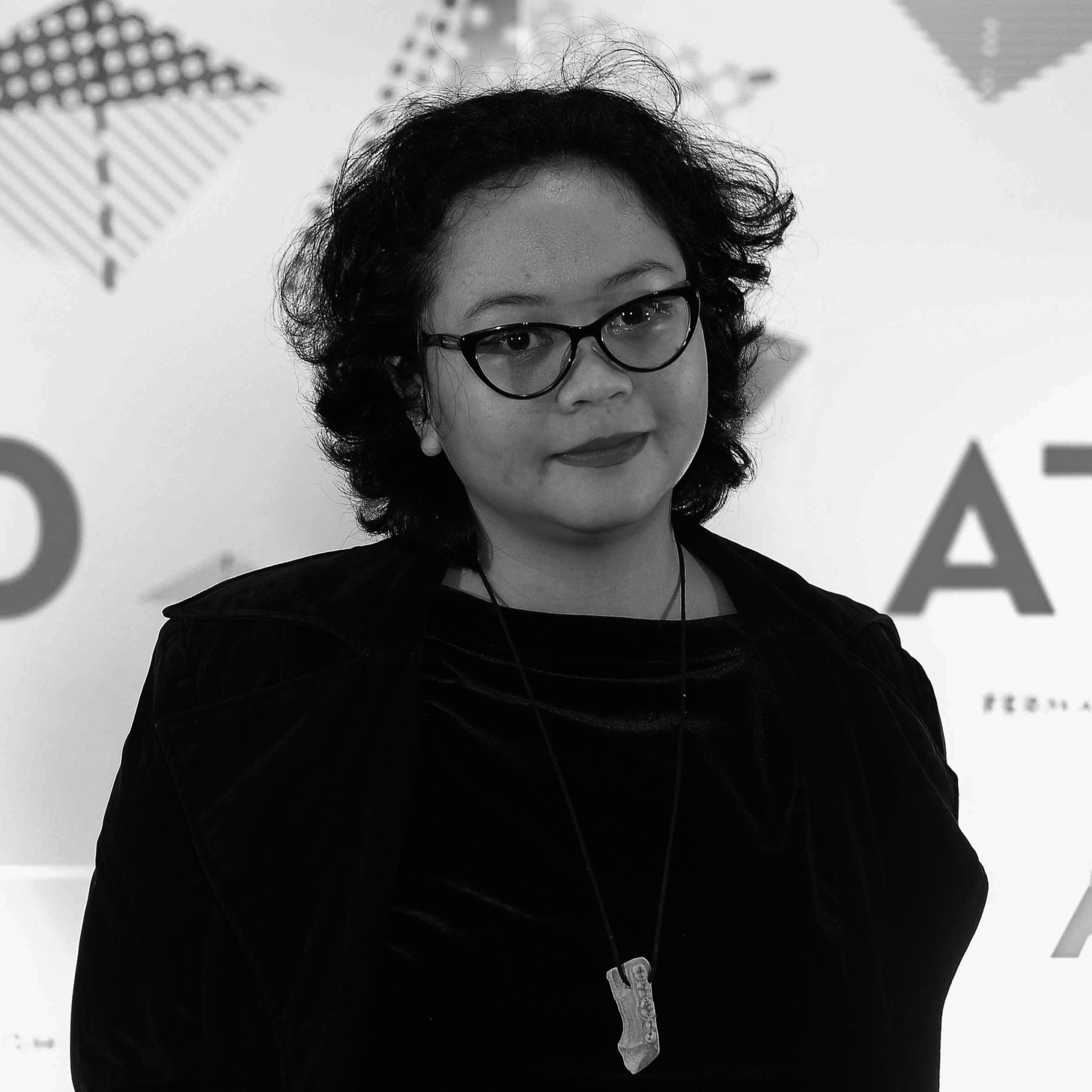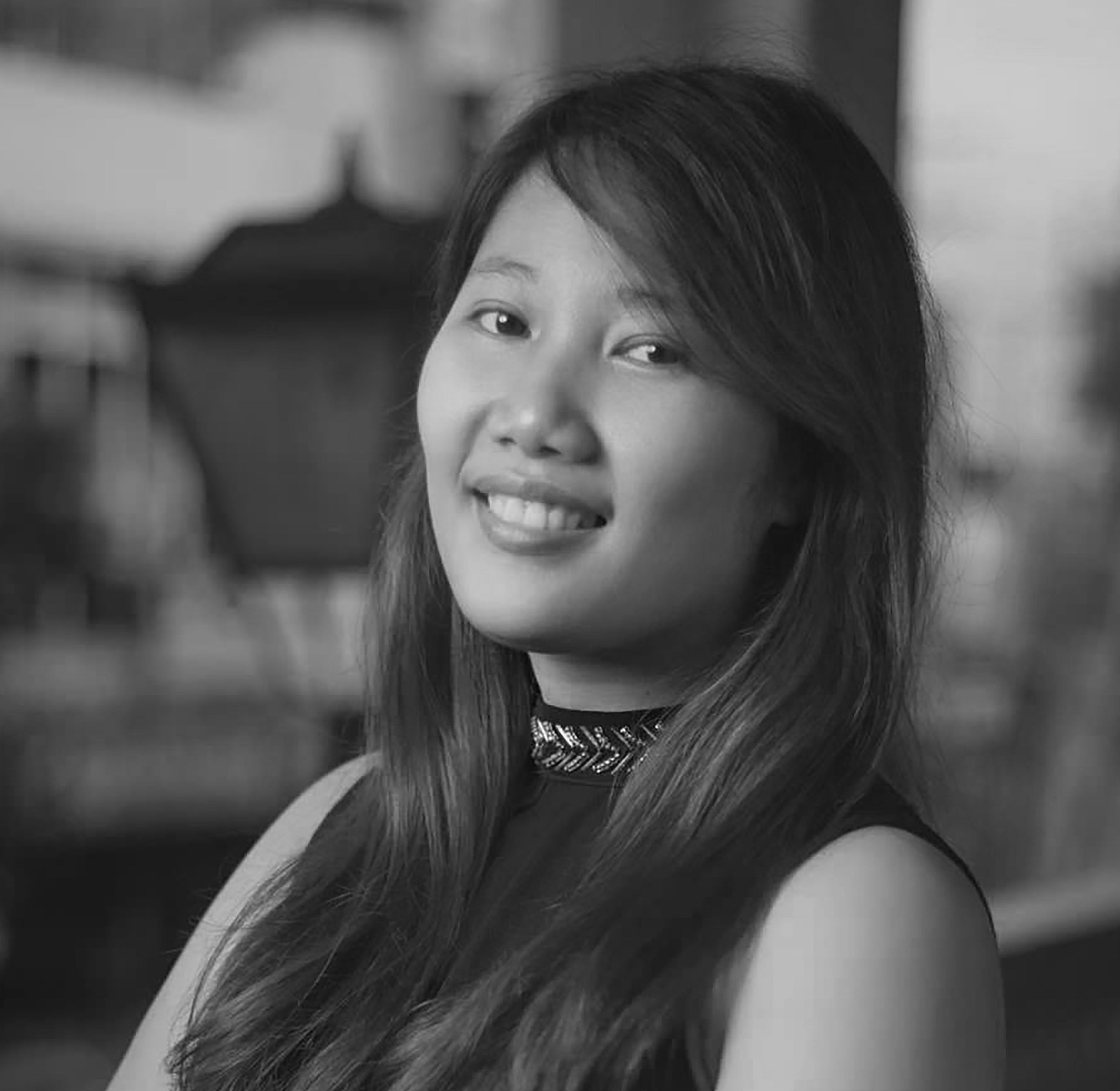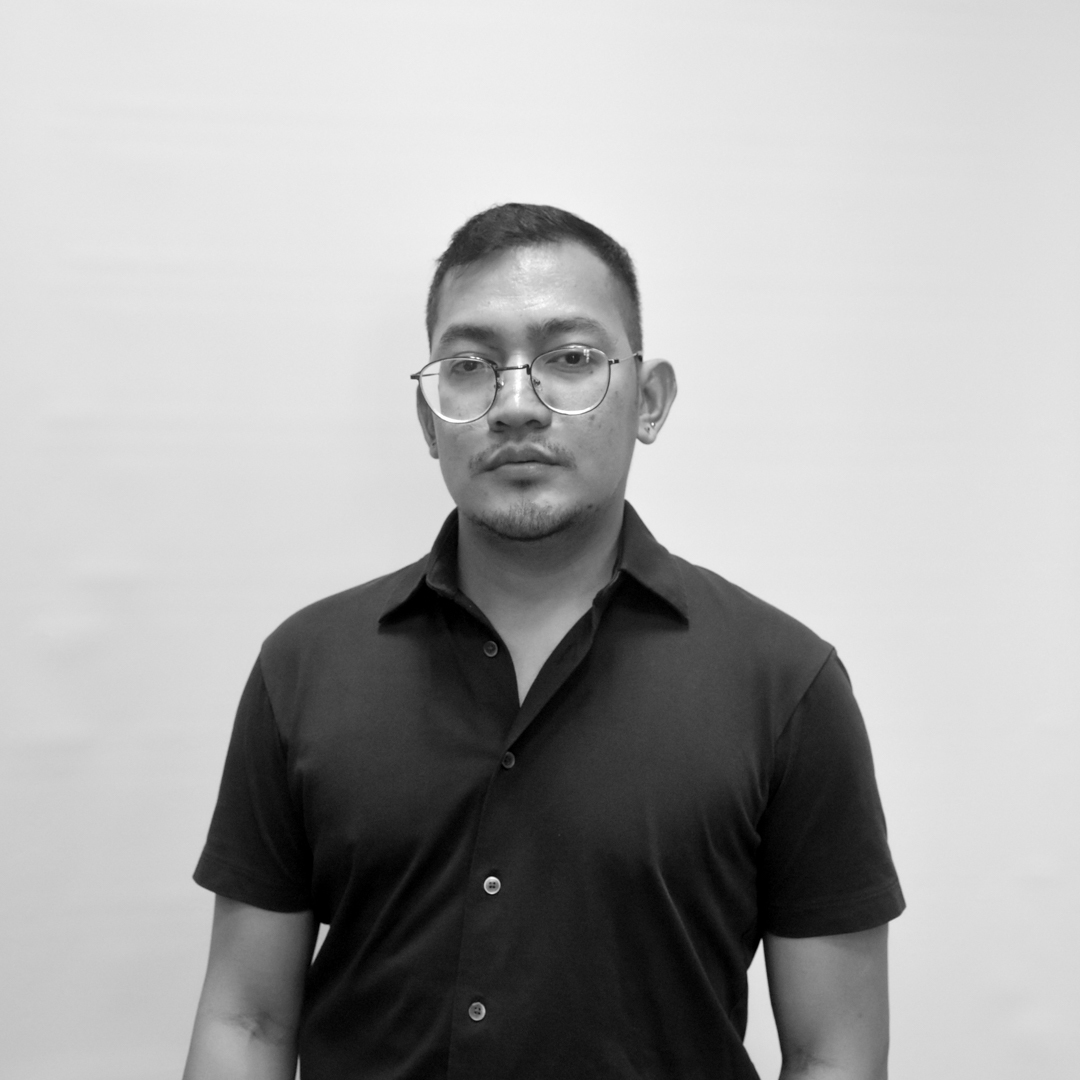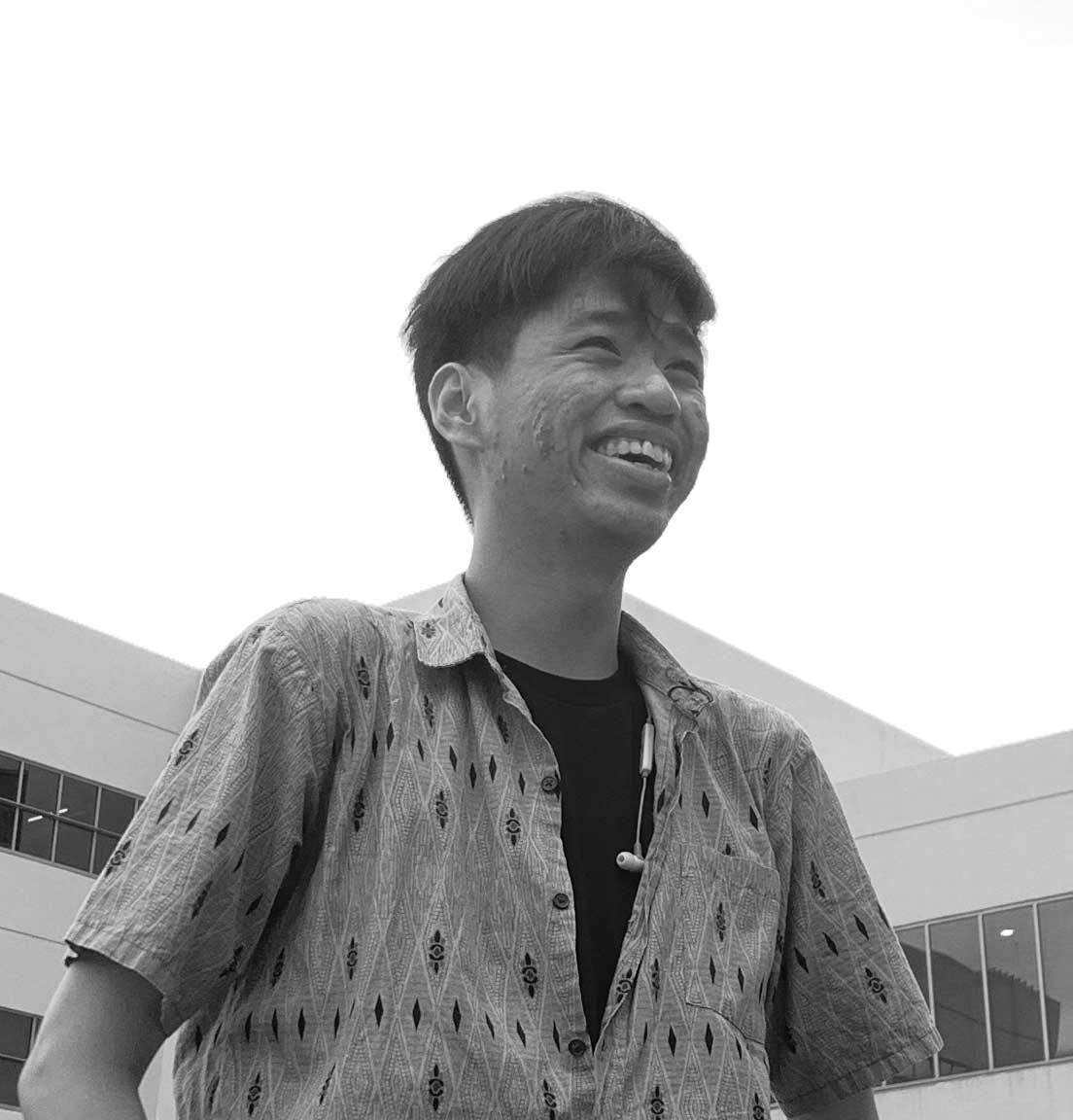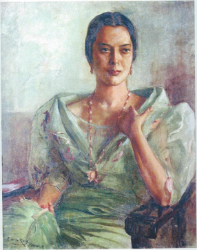Under the community quarantine, fear was quick to slither across the archipelago, panic engulfing a nation so used to the idea of an imminent apocalypse. Bearing the brunt of the virus’s attack was the creative sector. For months, art galleries and museums were forced shut, engaging in the obligatory digitalization that has proven so inefficient with Asia’s second slowest internet speed; artists locked indoors, unable—or unwilling—to produce art while those in the margins gamble their lives in spite of the unnecessarily degrading repercussions to state-sanctioned quarantine violations.
More than a full year under the militarized lockdown and well beyond the one-million mark of confirmed cases, art spaces have either reopened with strictly observed measures or uncomfortably migrated online as our only plausible hope for recovery is another two-year wait for herd immunity. Gallerists, curators, and artists have held numerous talks on how the art industry should adapt post-pandemic, yet too few dare tackle the delicate topic of why the global art market should even be prioritized in a crisis.
Some consider COVID-19 as the reason for our current socio-political turmoil and recession, but this is not a classic case of cause-and-effect when the reality is that the virus can only be credited for exposing a system already in a state of decay. After all, a society built on capitalism—especially one run by a macho-fascist government—dwindles in the face of disaster as capitalism itself serves as the root of the problem.
Leslie de Chavez expounds on this idea through his recent show, A Lonely Picket in the Balcony, mounted in the art space of Silverlens Galleries. The exhibition wastes no time with sugar-coating. Through installation and painting, de Chavez points out the many parallels between the Marcos dictatorship and the incumbent regime helmed by President Rodrigo Duterte: how both strongmen exploited the nation’s religiosity into subjecting them under oppressive conditions, and how they employed government efforts as spectacles to distract the public from their corruption—the former having basked in the grandeur of high-brow art through the institutionalization of the Cultural Center of the Philippines.
In fact, de Chavez’s exhibition title was lifted from a photograph of artists David Medalla, Mars Galang, and Jun Lansang protesting the opening of the CCP and Imelda Marcos’s preference of Euromerican artistic practices in 1969. De Chavez himself is no stranger to critiquing Westernized standards in Philippine art practice. He has publicly shared his thoughts on painting as a “very Western” medium, and that this particular fact has challenged him to imbibe as much of the Filipino identity and narrative into his work. This idea was reminiscent of the emergence of Social Realism in the ‘70s, an art movement from which the artist evidently draws inspiration. Founded by the anti-imperialist Kaisahan collective, the movement came to being as a rejection of the uncritical acceptance of Western standards in art practice. This bias for Western trends forged a dissonance between Filipinos’ ways of living and how art from this time depicted these lifestyles. Such disparity became all the more emphasized under the infamous Marcosian revisionism, and so it grew imperative for the Social Realists of the Kaisahan collective to embark on a pursuit for a national identity in Philippine art.
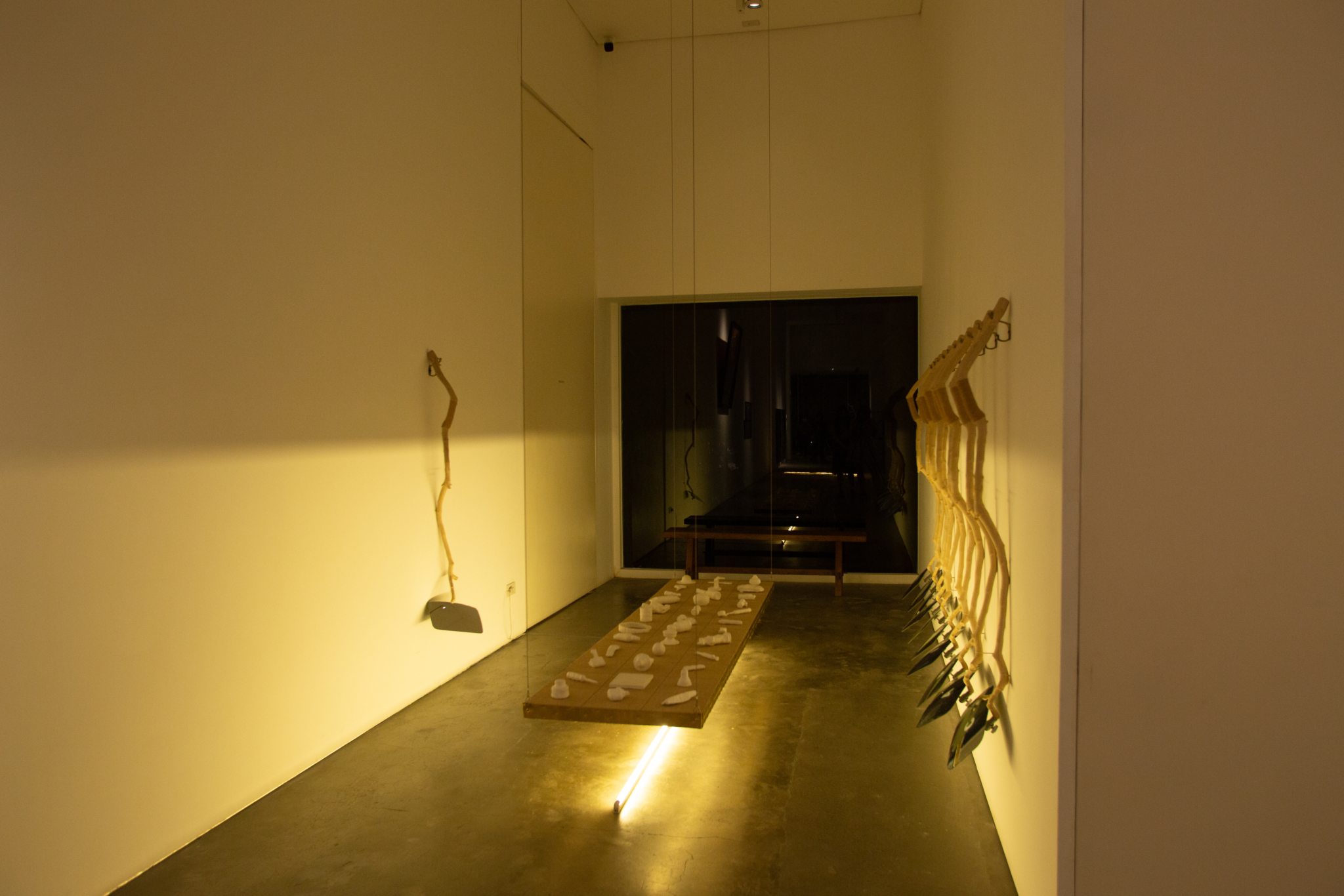
Beyond this commentary, de Chavez directs the pointer to himself as he rethinks his social role as an artist. Verbalized by Marv Recinto in his notes on the installation, “I Like Art Fairs and Art Fairs Like Me” looks into the ways that the global capitalist system set the stage for a global health crisis as notorious as COVID-19, likewise observed by economic experts in response to the wide-scale recession. A jab at the 1974 performance art “I Like America and America Likes Me” by Joseph Beuys, de Chavez takes the global art market as an active microcosm for this system and employs satire and symbolism to question how the ‘artworld’ poses itself and how it shapes the very public’s perception—and consumption—of art.
Found objects covered in plaster bandage sit in two rows on top of a table, each one corresponding to a note printed in gold leaf tucked underneath the tabletop. These objects serve as symbols of institutions that partake in the destruction of nature and further widen the socio-economic gap. Mirrors affixed on wood hang on either side of the wall, the rightmost a total of 10 with each one spelling out the letters of ‘capitalism’. On the leftmost hangs a mirror guests can use to read the hidden messages in gold leaf. Through this self-critical installation, de Chavez admits how he has been complicit to the propagation of capitalistic structures as an active player in the global art market.
Art, when largely commodified by the same market, transforms the craft into a production of commodity, the artist a mere producer. While this reality does not take away from the intentions of the artist nor the messaging of the work, commodified art no longer is created for art’s sake. It then becomes complicit to the structures that define and realize capitalist exchange. A piece of political art produced for a gallery may reach the masses, but ownership can only be granted to the moneyed given its market value. Should political art be truly owned by someone other than the grieving masses whose experiences it claims to represent?
At present, there is no way to bend these terms. Artists cannot simply withdraw from the market out of spite for the capitalist system, unless they stop creating for an audience. It pays, however, to know one’s social responsibility as an artist, as exemplified by de Chavez in his work: to hold oneself accountable and understand the bounds of the job and the choices it entails. After all, if artists are complicit solely for being artists, then everyone else is as well. What separates them, then, from exploitative powers who have previously used art as a propagandic façade is the act of surrender: the admission that an artist, while more than a producer of commodity, is no Messiah, and that art, without advocating for reform, cannot change the system.


